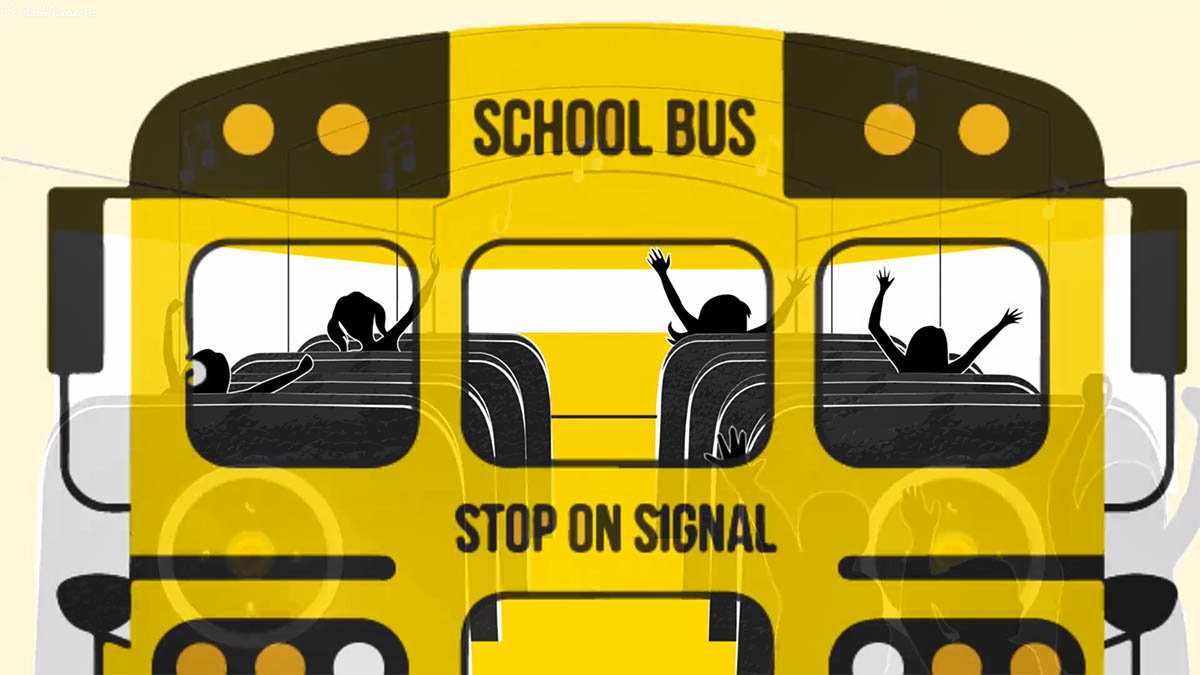Designing Atmospheres and Technologies for Social Interaction
The knowledge economy has become the main engine of economic prosperity in urban areas. High-tech talent and industry have moved back to many cities, raising their economic output, but the revival of urban centers has caused unprecedented inequality. Urban environments affect social behavior, the way we live and socialize, impacting our physical and psychological conditions, conditioning our present and future development as individuals and as a society. Public space is an emerging issue in our contemporary societies and it is one of the key indicators of urban quality, being responsible for the majority of social interactions.
Communities have been gathering in physical spaces since the very beginning of human existence. With the arrival of the digital era, new kinds of communities have appeared which, driven by common interests and goals, found public places in forums, blogs, social networks, and other virtual spaces. Today Internet is the "public space" where the most successful models of collective creation and self-organization are taking place.
We cannot address the design and transformation of cities without considering the potential of digital technologies and understanding how they can enhance urban complexity, creating more inclusive and yet more connected environments. Technology is not only a matter of problem-solving. It brings new possibilities that usually change the way we behave, enabling us to better relate and interact with each other and with the surroundings, lowering the barriers for citizen engagement. Digital-physical interaction environments are becoming more complementary and connected, combining each other’s features in a growingly powerful way.
CASE STUDY: Boston’s status as a cultural and economic magnet has made it a “Class-Divided” city which suffers one of the worst income inequalities in major US cities. It is clear how much difference neighborhoods make in terms of life outcomes within the same city. The studio will look at new opportunities in the Greater Boston area for the creation of hybrid physical-digital urban atmospheres that can enhance social interaction as a strategy to increase the complexity of its urban ecosystems, balancing and improving the living conditions of communities, and serve as a tool for social inclusion and empowerment.
FRAMEWORK + OUTCOMES + TOOLS: The studio challenges participants to develop initiatives that reconcile existing physical conditions with the emerging needs of citizens and promotes active participation in the redefinition of the contemporary city. The teaching framework leads to a myriad of outputs, with each project representing a singular response that reflects students’ interests, aspirations and societal needs. From creating a digital interface to enable community resource sharing to building an interactive device as a catalyst for the activation of a square. Even ordinary life processes can provide an incredibly rich and fertile field for experimentation, while at the same time offering the potential to make a genuine difference in society. In addition, a strong emphasis on communication will be made, as students will be asked to synthesize their ideas and proposals beyond the use of the conventional tools, being encouraged to incorporate other media. They will also be encouraged to present at the final review a display or experience connected to the essence of their projects.
NOTE: This option studio runs in parallel with the seminar Making Participation Relevant to Design, sharing information and having some shared sessions on Fridays.
This studio has an irregular schedule. The official days of instruction are Tuesdays and Fridays, from 2-6pm. Dates when the instructor will be in residence: January 24-25, February 5-8, 19-22; March 5-8, 26-29; April 9-12; 23-30. The instructor will be available on additional times outside of these dates to make up for missed sessions.
Projects
-

Hea-R-Us
Jose Luis Vallejo, Instructor
Spring 2019